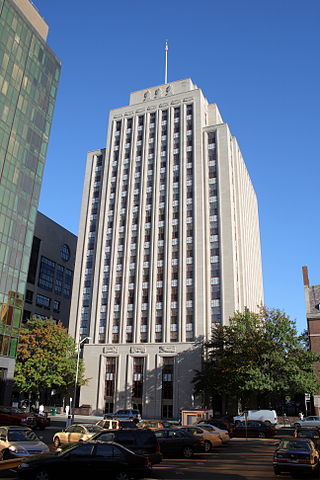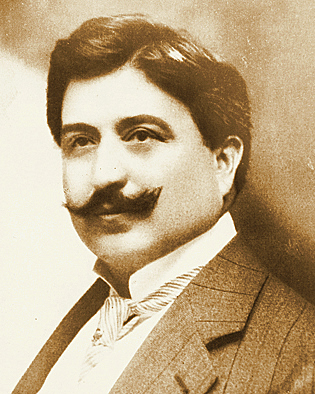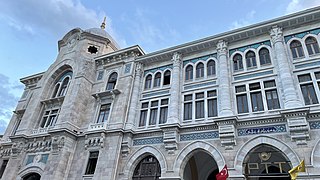
Sir Edwin Landseer Lutyens was an English architect known for imaginatively adapting traditional architectural styles to the requirements of his era. He designed many English country houses, war memorials and public buildings. In his biography, the writer Christopher Hussey wrote, "In his lifetime (Lutyens) was widely held to be our greatest architect since Wren if not, as many maintained, his superior". The architectural historian Gavin Stamp described him as "surely the greatest British architect of the twentieth century".

Modern architecture, also called modernist architecture, was an architectural movement and style that was prominent in the 20th century, between the earlier Art Deco and later postmodern movements. Modern architecture was based upon new and innovative technologies of construction ; the principle functionalism ; an embrace of minimalism; and a rejection of ornament.

Mimar Sinan also known as Koca Mi'mâr Sinân Âğâ, was the chief Ottoman architect, engineer and mathematician for sultans Suleiman the Magnificent, Selim II and Murad III. He was responsible for the construction of more than 300 major structures, including the Selimiye Mosque in Edirne, the Kanuni Sultan Suleiman Bridge in Büyükçekmece, and the Mehmed Paša Sokolović Bridge in Višegrad, as well as other more modest projects such as madrasa's, külliyes, and bridges. His apprentices would later design the Sultan Ahmed Mosque in Istanbul and the Stari Most bridge in Mostar.
The year 1929 in architecture involved some significant architectural events and new buildings.
The year 1969 in architecture involved some significant architectural events and new buildings.
The year 2003 in architecture involved some significant architectural events and new buildings.
The year 1953 in architecture involved some significant events.
The year 1838 in architecture involved some significant architectural events and new buildings.

Sir Herbert Baker was an English architect remembered as the dominant force in South African architecture for two decades, and a major designer of some of New Delhi's most notable government structures. He was born and died at Owletts in Cobham, Kent.

Balkrishna Vithaldas Doshi OAL was an Indian architect. He is an important figure in Indian architecture and noted for his contributions to the evolution of architectural discourse in India. Having worked under Le Corbusier and Louis Kahn, he was a pioneer of modernist and brutalist architecture in India.
The year 1872 in architecture involved some significant architectural events and new buildings.

Douglas William Orr was an American architect based in New Haven, Connecticut.

Ankara Palas is a historical building, which is used as an official state guest house in the capital Ankara, Turkey. Initially designed as the Ministry of Health building, it was used as a hotel for the members of the Grand National Assembly of Turkey following the completion of its construction in 1928.

Ahmed Kemaleddin, widely known as Mimar Kemaleddin was a renowned Turkish architect during the late Ottoman and early Republican eras. He was among the pioneers of the first national architectural movement, a type of Ottoman Revivalism. His lifetime saw intense and important changes for Turkish history and culture.
Ehrick Kensett Rossiter was an American architect known for the country homes he designed.

Mehmet Vedat Tek was a Turkish architect. The last court architect of the Ottoman Empire, Vedat Tek was one of two leading figures of the First Turkish National Architectural Movement, alongside Mimar Kemaleddin.

Ricardo Porro Hidalgo was a Cuban-born architect. He graduated in architecture from the Universidad de la Habana in 1949 and built this year his first project Villa Armenteros in Havana, following which he spent two years in post-graduate studies at the Institute of Urbanism at the Sorbonne.

Roberto Gottardi was an Italian-Cuban architect.

Plovdiv Central Railway Station is the main railway station serving the city and municipality of Plovdiv, the second most populous city in Bulgaria.

The First national architectural movement, also referred to in Turkey as the National architectural Renaissance, or Turkish Neoclassical architecture, was a period of Turkish architecture that was most prevalent between 1908 and 1930 but continued until the end of the 1930s. Inspired by Ottomanism, the movement sought to capture classical elements of Ottoman and Seljuk architecture and use them in the construction of modern buildings. Despite the style focusing on Ottoman aspects, it was most prevalent during the first decade of the Republic of Turkey.
















